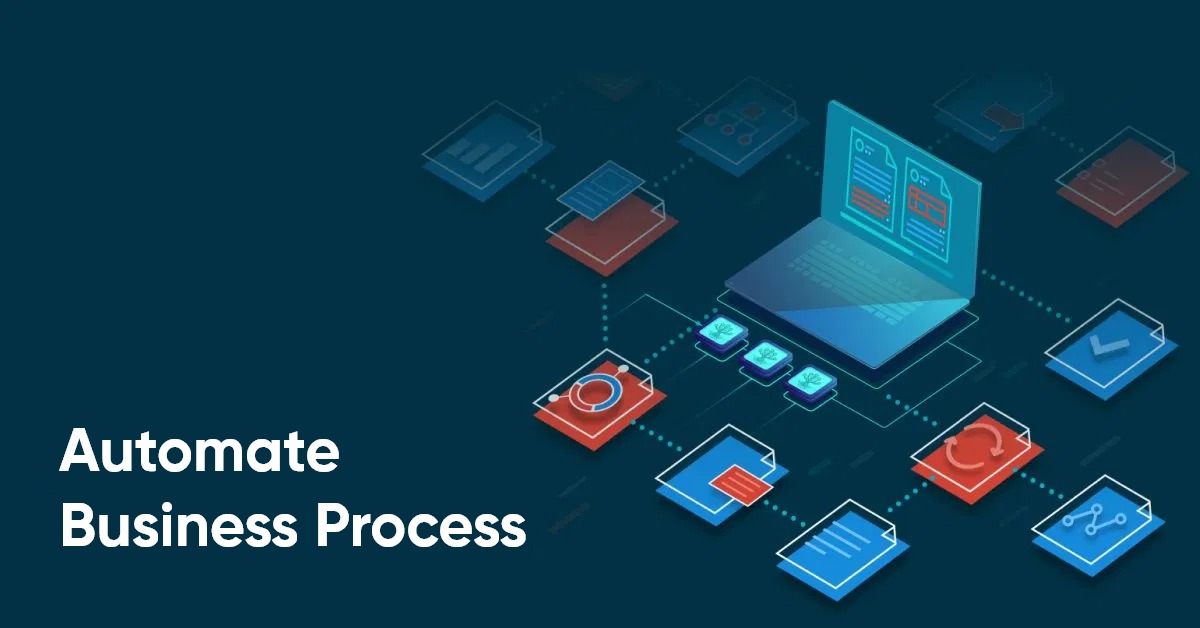The mechanization of cycles has gone from being an inventive and obscure innovation to being the truth of many organizations. Today, practically all divisions have techniques that can be robotized and occupations that can be upgraded with the assistance of a cycle robotization softbot. During the computerized age and with the ascent of innovation, robotization has made one more stride and has secured itself in the everyday of numerous organizations in any area. Furthermore, it is that RPA, as it is likewise known for the mechanization of automated processes, builds the effectiveness of the techniques. In any case, it is fit for being joined with other mechanical apparatuses that improve its advantages much more.
As we have done on different events, we discuss Artificial Intelligence, Machine Learning, Process Mining, and so forth. Any place there is a dreary, tedious, manual interaction that observes the guidelines, RPA turns into the ideal choice. We have been carrying out process mechanization answers for various kinds of clients as of late. The pandemic sped up this, as many organizations were all unexpectedly compelled to deal with an enormous volume of information. Hence, beneath, we will survey the stages that our RPA execution projects follow and that keep on producing a few questions.
Phases Of Implementation Of Robotic Process Automation
Albeit every client has different explicit requirements, actually there are stages that are normal to all. Allow us to start.
Examination Of Workflows: This initial step is fundamental since we really want to know exactly the way that the organization works and the functioning strategy. To do this, we cooperate with the inside group, taking a X-beam of the multitude of cycles associated with the division being referred to and laying out bottlenecks, focuses for development, and so on. Whenever this is finished, the closely involved individuals will pick the best cycle robotization arrangement, continuously considering the ideal targets with this execution.
Execution Of Process Automation (PoC): Once the examination has been done and the guide not entirely settled, the execution stage or Proof of Concept (POC) starts. Right now, as in the past one, we work all the while with the organization’s work group, beginning to robotize errands. Thus, we will put those undertakings through broad testing to guarantee fruitful robotization.
Mix: In this third step, we coordinate the softbot with the frameworks previously carried out in the organization. This is pivotal as it will permit process robotization to finish and cover the whole work process without interferences. What’s more, RPA is intended to be completed, being a mechanical arrangement completely viable with CRMs, ERPs, cloud frameworks, and so on.
Checking, Error Correction, And Maintenance: Once this last stage is reached, we start to see the way of behaving of the product robots, laying out achievements and confirming that they are executed accurately. It is vital for keep investigating information and changing each part to get the outcomes we need. We not just go with our clients all through this excursion towards process computerization, internal communication yet we likewise accomplish support work.
The progress of RPA lies in the capacity of the softbots to do every one of their undertakings without the labor force being impacted. In addition, the worth of this innovation lies in allowing for these specialists so they can do different exercises in those that can contribute their insight and experience. We talk, for instance, of additional innovative assignments, examination, and even client care.
